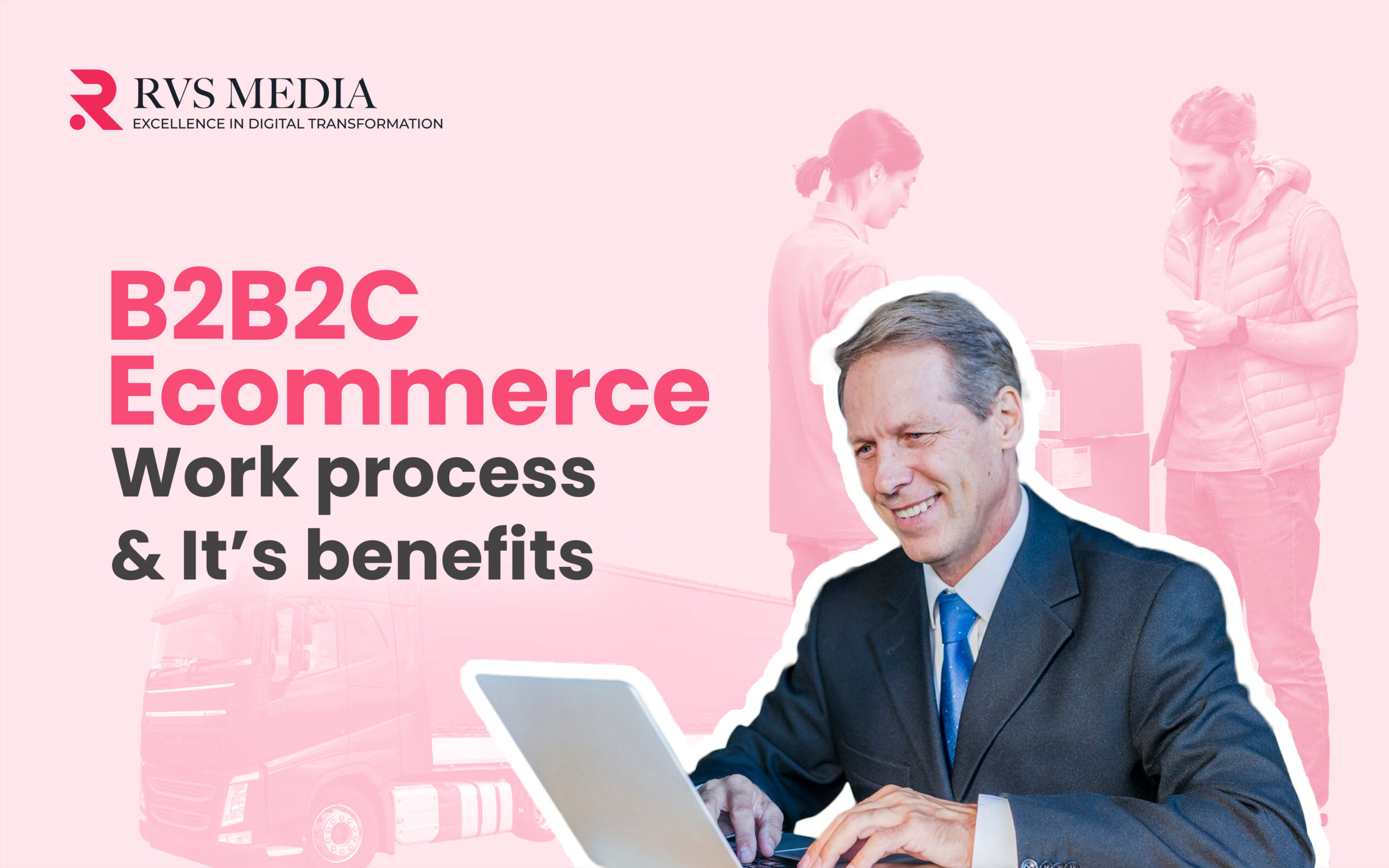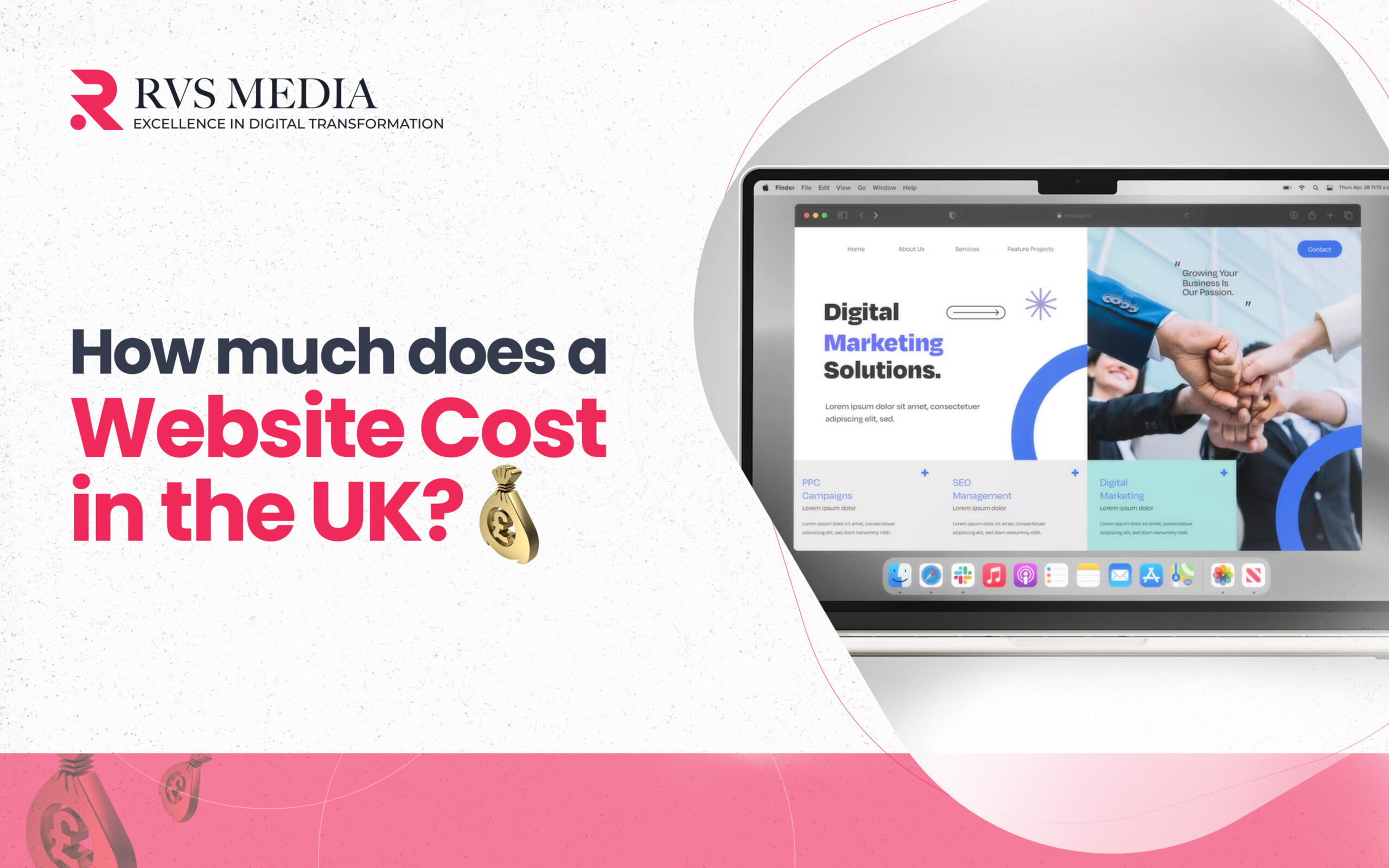B2B2C Ecommerce: What it is, how it works and Benefits it Offer
- Jun 18, 2024
- By Rajeev Nar

Traditionally, companies sold their products in two main ways: directly to other businesses (B2B Businesses) or directly to consumers (B2c Business Model). However, these lines have blurred with the boom in online shopping and more people working from home.
This has led to a new model called B2B2C ecommerce, where businesses sell to other businesses, which then sell directly to individual consumers, creating a more connected and streamlined way to reach customers.
Struggling to learn all about it? Let us walk you through it.
What is B2B2C?
B2B2C implies Business-to-Business-to-Consumer.
This model is all about teamwork: a company partners with another organisation to get its products or services to the end customer. Unlike white labelling, where the product is rebranded to look like it’s from the direct seller, B2B2C keeps things honest. The customer knows exactly who made the product they’re buying. This approach fosters transparency and builds trust, making the whole process clearer and more collaborative for everyone involved.
B2B2C models have gained popularity because they benefit all businesses and consumers. Developers can now offer innovative new apps to millions of users through app stores. The app stores take a cut of the revenue, making it a win-win situation.
Or consider restaurants that can now sell meals to people who want restaurant-quality food at home, thanks to partnerships with startups that handle online ordering and delivery. The delivery platforms earn money by providing these services and building a large customer base.
In a B2B2C model, two companies work closely together to deliver products or services to the customer. Take a restaurant delivery platform. The customer orders from the delivery service, which handles payment, passes the order to the restaurant, and then delivers the food to the customer. Each partner focuses on what they do best.
The delivery service offers a service that the restaurant might not be able to provide on its own due to cost or practicality. The delivery platform can build a viable business through economies of scale by serving many restaurants.
Some service providers and cloud ERP solutions even offer retail store predictive analytics services based on the data they gather. Over time, customers might form a broader relationship with the delivery service because they see it as their go-to resource for ordering takeout from various restaurants.
With successful Businesses B2B2C relationships, two companies typically team up to bring products or services to consumers in a way neither could do as cost-effectively on their own.
Ready to streamline your business operations and boost efficiency?
Discover how our ERP solutions can transform your business! Get in touch with Rvs today and take the first step towards seamless integration and success. Click hereto learn more!
B2B vs. B2C vs. B2B2C
B2B2C relationships differ from traditional B2B buyers and B2C models, and companies can use all three. In a B2B buyers’ model, a business owner sells its products to other businesses. These customers might use the products internally or be distributors or retailers that buy and resell them. In a B2C model, a company sells directly to consumers.
Understanding the differences between these ecommerce business models is crucial for making the right choice for your organisation.
B2B (Business to Business)
In a B2B model, businesses sell to other businesses. This process can involve a combination of a sales force, channel partnerships, and ecommerce platforms. Within this model, there are three common business categories:
- Manufacturers who produce goods to sell to other businesses.
- Wholesalers who buy products in bulk from manufacturers to sell to retailers.
- Distributors who purchase goods to resell to various business customers.
B2C (Business to Consumer)
In a B2C model, businesses sell directly to consumers. B2C Ecommerce model businesses may manufacture the products themselves, like Nike or Apple. Alternatively, they can buy products wholesale from various manufacturers and sell a diverse range to consumers, as seen with brands like Macy’s or Dick’s Sporting Goods.
By understanding these models, you can determine which one aligns best with your organisation’s goals and capabilities.
B2B2C (Business to Business to Consumer)
In a B2B2C model, businesses partner with other companies to reach new customers. For example, manufacturers sell consumer products to retailers, who then sell those products to consumers. This model combines elements of both B2B and B2C, allowing businesses to expand their market reach and improve customer accessibility.
| Acronym | What it Stands For | Definition | Example |
| B2B | Business to Business | A transaction between two businesses. | Manufacturer selling to retailer, or company selling business software to another company. |
| B2C | Business to Consumer | Business sells to consumers. | Retailers or manufacturers sell direct to consumers in physical stores or online. |
| B2B2C | Business to Business to Consumer | Two businesses partner to offer goods or services to consumers. | Grocery store partners with ordering/delivery service to offer consumers online shopping and home delivery. |
How Does a B2B2C Model Work?

In a B2B2C relationship, the manufacturer gains direct access to customer data and increased brand recognition through the retailer. These advantages help the manufacturer grow and scale more rapidly.
Let’s look at a simple, hypothetical scenario where a baseball bat is being sold through a B2B2C model:
| Role | Action | Relationship Benefit |
| Business A | Makes baseball bat | New customers and valuable data |
| Business B | Sells baseball bat | Relevant inventory and customer insights |
| Consumer | Buys baseball bat | Desired product from a trusted source |
In this setup:
- Business A (the manufacturer) creates the baseball bat and benefits from gaining new customers and valuable data.
- Business B (the sports equipment retailer) sells baseball bats and gains relevant inventory and customer insights.
- The Consumer buys the baseball bat and gets the desired product from a trusted source.
This collaboration allows each party to focus on their strengths while maximising the benefits for everyone involved.
Examples of B2B2C partnerships
Instacart and Grocery Stores:
Imagine you’re busy and can’t make it to the grocery store. That’s where Instacart steps in. They partner with local grocery stores so you can order groceries online through Instacart’s website or app. You get the convenience of shopping from home, and Instacart handles the delivery.
By teaming up with Instacart, grocery stores can offer delivery without setting up their own expensive system. Instacart benefits by tapping into the grocery store’s customer base. Even though you’re technically buying from your local store, you start associating easy grocery shopping with Instacart.
Affirm and Ecommerce Retailers:
When you shop online at places like UPLIFT Desk, you might see an option to pay with Affirm. Instead of paying all at once, Affirm lets you split your purchase into manageable monthly payments. It’s like a modern layaway plan.
For UPLIFT Desk, teaming up with Affirm means they can offer this flexible payment Terms option without dealing with the financial logistics themselves. Affirm benefits by reaching more shoppers through partnerships with ecommerce sales sites. So, while you’re buying from UPLIFT Desk, you’re using Affirm’s payment service for a smoother shopping experience.
These partnerships show how businesses work together to make shopping easier and more flexible for you, whether it’s groceries or furniture, online or in-store.
What are the advantages of B2B2C commerce?
The B2B2C commerce model brings a lot of great benefits to businesses, their partners, and consumers alike. Here’s a closer look at why this model is so effective:
- Wider Market Reach
By partnering with other businesses, you can reach more customers and break into new markets. This means more sales and growth opportunities. Plus, your brand gets a visibility boost as your partners promote your products or services to their individual customers. - Smooth Supply Chain Management
Having a streamlined supply chain ensures that products get to consumers on time, every time. Efficient supply chain management helps cut Overhead costs, improves customer satisfaction, and boosts overall productivity. In a B2B2C setup, this efficiency translates to better profitability and a competitive edge. - Boosted Brand Credibility
When you collaborate with other businesses, you can enhance your brand’s credibility and awareness. Leveraging your partner’s customer base helps you reach a broader audience. If a reputable business endorses your products or services, it builds trust and makes your brand more attractive to consumers. - Valuable Customer Insights
Working with other businesses gives you access to valuable data about consumer preferences, behaviors, and buying patterns. You can use this information to fine-tune your marketing Campaign strategies, improve your products, and enhance customer satisfaction. This data-driven approach helps you make smarter decisions for your target market audience. - Cross-Industry Partnerships
Collaborating with different industries allows you to explore new markets, expand your customer base, and offer better solutions. These partnerships enable resource and knowledge sharing, increasing your brand’s visibility and authority. By staying innovative through these collaborations, you set your business up for sustainable growth and a strong competitive advantage.
What are the disadvantages of B2B2C commerce?
While B2B2C commerce has plenty of perks, like reaching more customers, it also comes with some challenges. Here are a few downsides to consider:
- Less Control Over Customer Relationships
In the B2B2C model, you often rely on another business to handle the customer personalised experience. This means you might be unable to directly address customer issues or fully understand their needs, making it harder to build strong customer relationships. - Complicated Relationship Management
Keeping good relationships with your customers and partner businesses is essential but can be tricky. You need effective communication and coordination to ensure everything runs smoothly. Any hiccups or conflicts along the way can negatively affect the customer experience. - Potential Conflicts and Competition
Since the B2B2C model involves multiple parties, Potential Customers conflicts can arise over pricing, promotions, or distribution strategies. Your partners might even compete for the same customers. Managing these conflicts and ensuring everyone works together can be challenging. - Dependence on Partners
Relying on partners means you don’t have full control over their performance and might have limited access to important customer data. This can make it harder to stand out in the market. It’s crucial to be aware of these risks and find ways to manage them effectively.
Does B2B2C Make Sense for All B2B Ecommerce Businesses?
The lines between different business models are blurred
According to McKinsey, U.S. ecommerce saw 10 years of growth in just three months, jumping from just over 15% at the end of 2019 to 35% by the end of Q1 2020.

While brand manufacturers can now sell to anyone online marketplace, not every business will embrace the B2B2C model.
Here’s why:
- Digital Maturity:
The B2B2C model requires a high level of digital sophistication. It’s driven by digitalisation and the need to sell online stores. This means committing to digital transformation and integrating new technologies into your ecommerce setup. Not every business is ready for this leap yet. - Product Limitations:
Not all products are suited for the B2B2C model. Complex, regulated, or niche products, like medical or industrial equipment, aren’t practical to sell directly to end customers. - Negotiation Readiness:
B2B2C partnerships can be challenging if your company isn’t prepared to give proper credit, share customer data, or offer fair compensation. It’s also crucial to ensure compatibility with your partner’s business priorities. If they differ significantly, negotiating can become difficult.
In short, while the B2B2C model offers exciting opportunities, it’s not a one-size-fits-all solution for every B2B ecommerce platform business.
How Can RVS Help B2B2C?
RVS can significantly enhance your B2B2C strategy by providing seamless integration between manufacturers and retailers, offering powerful data insights, and increasing brand visibility. With efficient order management and scalable solutions, RVS ensures your products reach consumers quickly and reliably.
Effective customer relationship management also fosters strong relationships with retailers and consumers. By leveraging RVS, you can streamline processes, make informed decisions, and achieve sustained growth in the competitive marketplace.
Our B2B2C Project-Amathus
Amathus is a dynamic platform designed to revolutionise the way businesses connect with consumers. Amathus offers seamless integration between manufacturers and retailers, providing powerful data insights and increasing brand visibility. With efficient order management and scalable solutions, it ensures that products reach consumers quickly and reliably. Amathus fosters strong relationships with retailers and consumers through effective customer relationship management, streamlining processes and enabling informed decisions. By leveraging Amathus, businesses can achieve sustained growth and thrive in the competitive marketplace.
The Final Word
The B2B2C model can significantly scale your customer acquisition efforts by leveraging different sales channels and partners for many purposes.
Still, running successful B2B2C operations is challenging, especially when negotiating win-win partnership terms, ensuring data exchanges and customer experience consistency across distribution channels, maintaining a supply chain, and figuring out customer ownership.
Partnering with RVS Media can alleviate many of the difficulties of running a B2B2C operation. With a customisable B2B2C Ecommerce store/Business, targeted marketing activities, professional services, and a 24/7 support staff, RVS Media has everything you need to build and scale a B2B2C ecommerce business.













